Deadend Insulator
The Deadend Insulator is a high-performance electrical insulator designed for overhead power lines, ensuring reliable support and insulation at termination or anchor points. It is crafted from advanced materials such as silicone rubber or composite polymers, offering superior resistance to environmental factors like UV radiation, moisture, and pollution. This insulator is widely used in power transmission and distribution systems operating at voltages ranging from 15 kV to 110 kV. The Deadend Insulator can be employed with bare or covered conductors in applications such as line terminations, angle towers, and tension towers. Known by other names like composite dead-end insulator or polymer deadend insulator, it provides enhanced durability and safety compared to traditional ceramic options.
Structurally, the Deadend Insulator features a fiberglass core rod surrounded by a silicone rubber housing and sheds, which are connected using advanced crimping techniques for improved mechanical strength. The end fittings, forged from high-strength metals, ensure secure attachment to power line structures. This insulator is lightweight for easier handling and installation while maintaining high tensile strength to withstand mechanical stress. It is compatible with renewable energy systems like wind turbines and solar plants, making it a versatile solution across industrial applications.
Available in various types tailored to specific needs, the Deadend Insulator includes suspension models for vertical loads and tension models for longitudinal loads. Its hydrophobic surface minimizes pollution flashovers, ensuring consistent performance even in harsh environments. These insulators are compliant with international standards such as ANSI C29 and IEC 61109, guaranteeing dependable operation throughout their service life.
Key Features:
- High Voltage Resistance: Rated for up to 110 kV, ensuring safe performance in demanding applications.
- Durable Materials: Made of silicone rubber or composite polymers for excellent weather resistance.
- Lightweight Design: Easier handling and installation compared to ceramic alternatives.
- Pollution Resistance: Hydrophobic properties reduce dust and dirt accumulation, minimizing maintenance.
- Versatile Applications: Suitable for power transmission, distribution lines, and renewable energy systems.
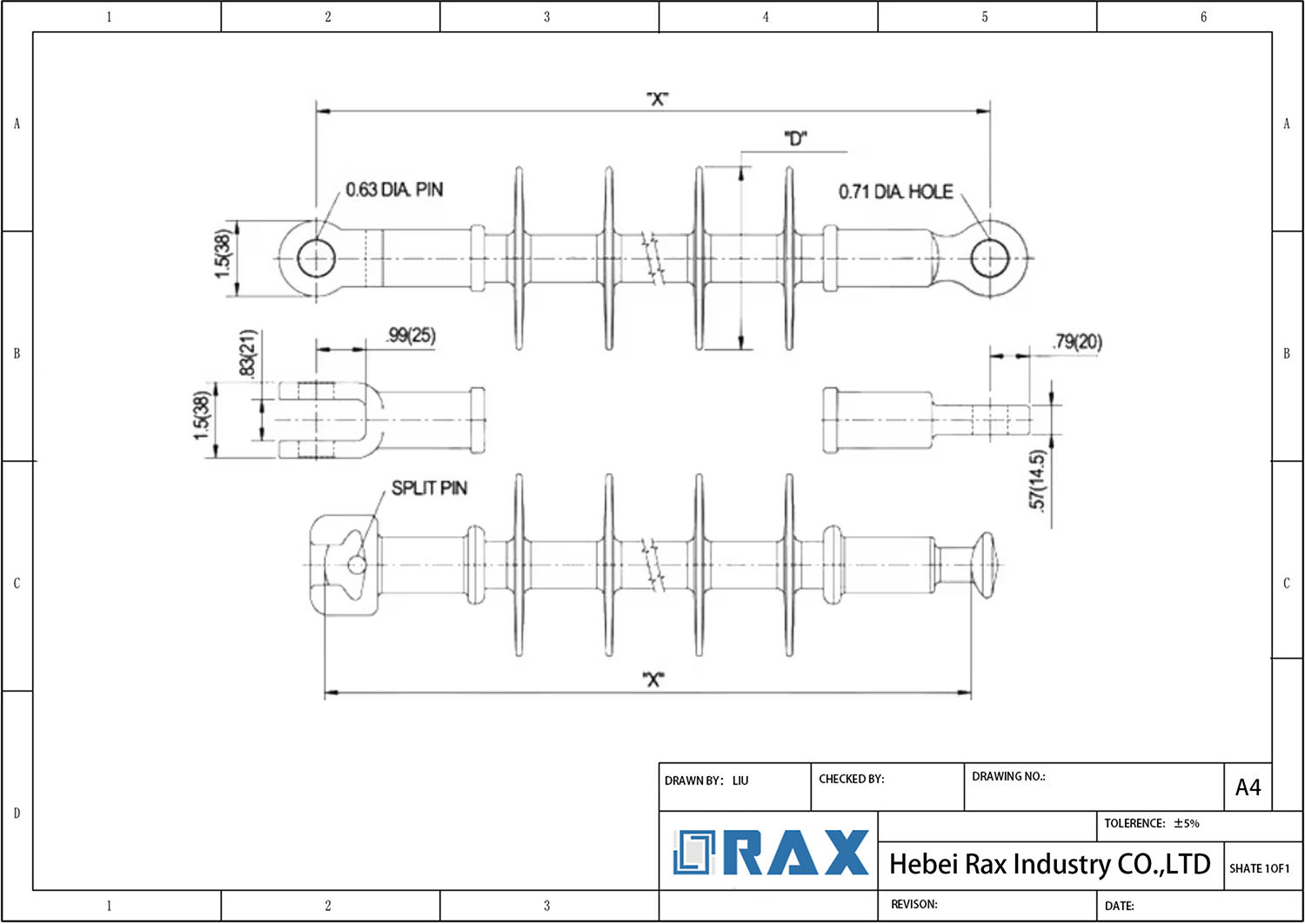
Dead end Insulator Drawing
Type | No. Of Sheds | “X” Length inches (mm) | Diameter Inches (mm) | Leakage Distance Inches (mm) | Dry Arc Distance inches (mm) | Lighting withstan voltage | Wet power frequency voltage | Coupling size | SML Pounds (kN) |
D/d | |||||||||
FXBW-10/70 | 4 | 310 | 105/75 | 350 | 152 | 90 | 40 | 16 | 70 |
FXBW-36/40 | 9 | 440 | 130/90 | 950 | 320 | 230 | 150 | 16 | 40 |
FXBW-36/100 | 9 | 483 | 130/90 | 950 | 320 | 230 | 150 | 16 | 100 |
FXBW-35/70 | 12 | 660 | 135/110 | 1600 | 526 | 230 | 150 | 16 | 70 |
FXBW-35/100 | 12 | 680 | 135/110 | 1600 | 526 | 230 | 150 | 16 | 100 |
FXBW-66/70 | 20 | 980 | 135/110 | 2500 | 826 | 410 | 185 | 16 | 70 |
FXBW-66/100 | 20 | 1000 | 135/110 | 2500 | 826 | 410 | 185 | 16 | 100 |
FXBW-66/120 | 20 | 1040 | 135/110 | 2500 | 826 | 410 | 185 | 16 | 120 |
FXBW-110/70 | 26 | 1190 | 135/110 | 3500 | 1050 | 550 | 250 | 16 | 70 |
FXBW-110/100 | 26 | 1210 | 135/110 | 3500 | 1050 | 550 | 250 | 16 | 100 |
FXBW-110/120 | 26 | 1250 | 135/110 | 3500 | 1050 | 550 | 250 | 16 | 120 |
FXBW-220/120 | 54 | 2470 | 150/120 | 6300 | 2130 | 1000 | 395 | 16 | 120 |
FXBW-220/210 | 56 | 2470 | 170/120 | 6300 | 2155 | 1000 | 395 | 20 | 210 |
Frequently Asked Questions (FAQ)
 What is a Deadend Insulator used for?
What is a Deadend Insulator used for?
Deadend insulators are designed to support and insulate conductors at termination points or sharp angles in power transmission lines. They provide mechanical strength to handle tensile loads and prevent electrical leakage, ensuring stable operation in both low and high voltage systems.
What materials are Deadend Insulators made of?
Deadend insulators are typically made from materials like porcelain, glass, or polymers such as silicone rubber. Polymer insulators are lightweight, resistant to UV radiation, and perform well in polluted environments compared to traditional ceramic options.
What are the advantages of polymer Deadend Insulators?
Polymer deadend insulators offer excellent hydrophobicity, UV resistance, and high mechanical strength. They are lightweight, easier to install, require less maintenance, and perform better in polluted or harsh environments compared to ceramic or glass insulators.
How do Deadend Insulators differ from suspension insulators?
Deadend insulators are used at termination points or sharp angles to handle tensile loads, while suspension insulators support conductors in a hanging position. Deadend insulators provide greater mechanical strength for tension applications.
What voltage ranges can Deadend Insulators handle?
Deadend insulators are available for various voltage ranges, from low voltage distribution lines (e.g., 15kV) to high voltage transmission systems (e.g., 110kV or more). Their design ensures reliable performance across different applications.
What is the structure of a polymer Deadend Insulator?
Polymer deadend insulators consist of a fiberglass core rod, silicone rubber housing with sheds for insulation, and metal end fittings. These components are crimped together using advanced processes for enhanced mechanical strength and durability.
Are Deadend Insulators suitable for harsh environments?
Yes, deadend insulators are designed to withstand harsh conditions such as extreme weather, pollution, and UV exposure. Polymer variants especially excel in these environments due to their resistance to environmental degradation.
What are the typical applications of Deadend Insulators?
Deadend insulators are used in overhead power lines at termination points, angle towers, tension towers, and other locations requiring high mechanical strength. They are suitable for both low and high voltage systems.
Can Deadend Insulators be customized?
Yes, Rax Industry offers customization options for deadend insulators based on specific requirements such as voltage rating, material preferences, or environmental conditions. Customization ensures optimal performance for unique applications.
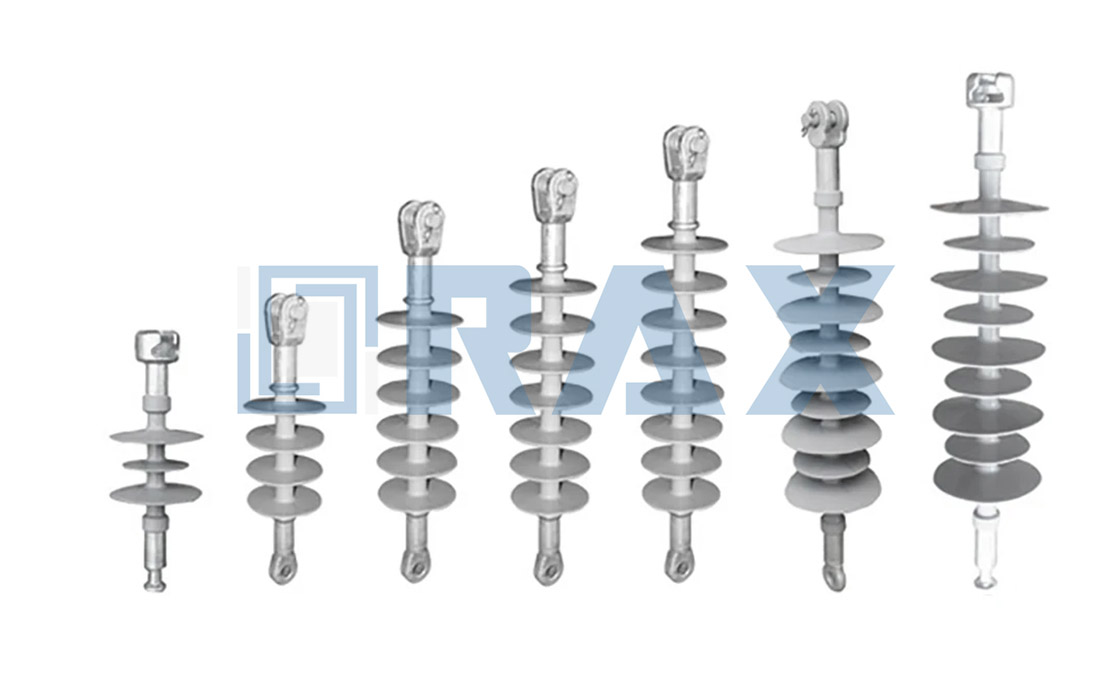


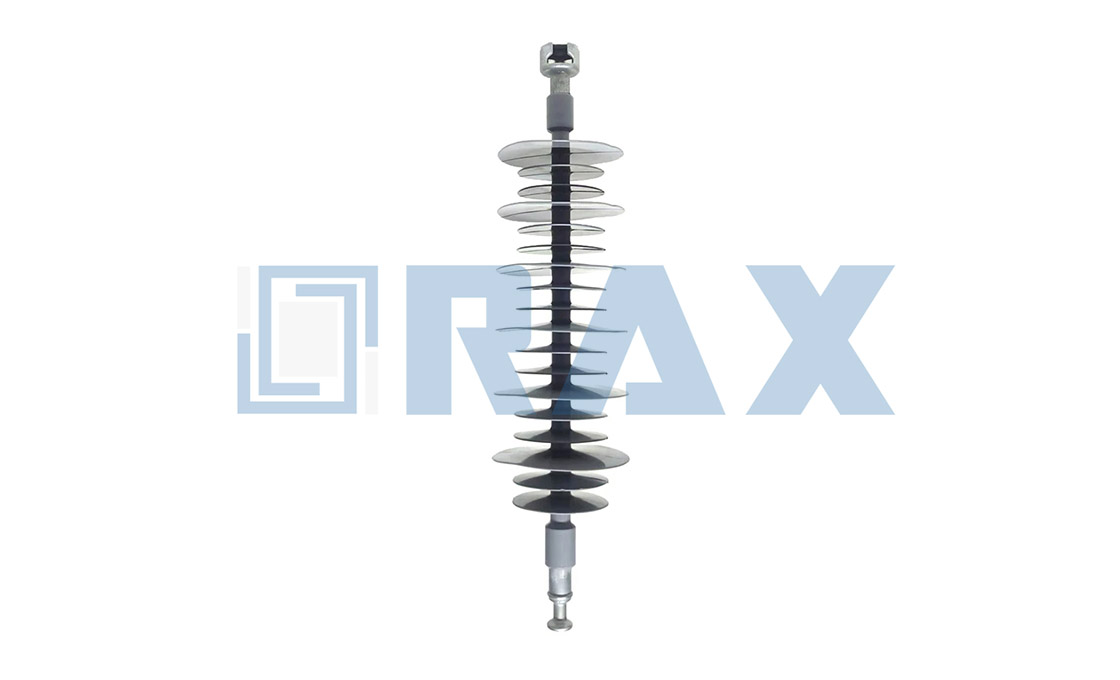
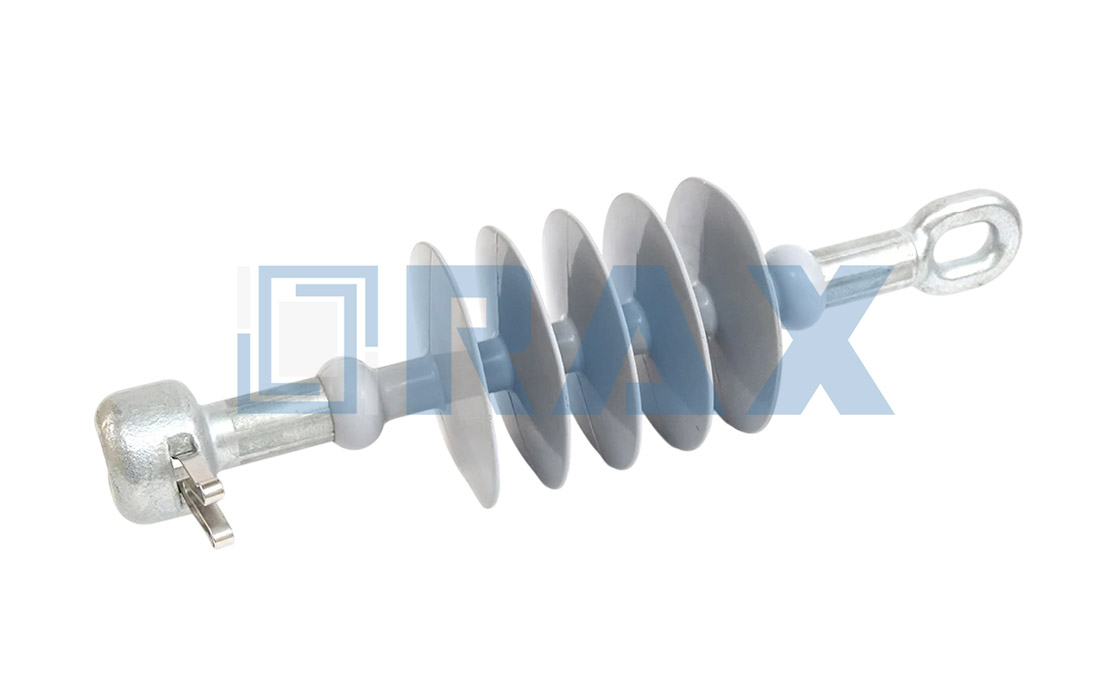
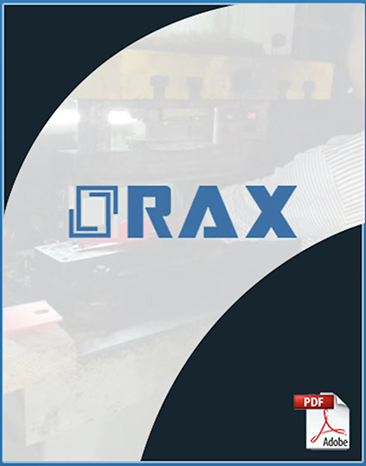
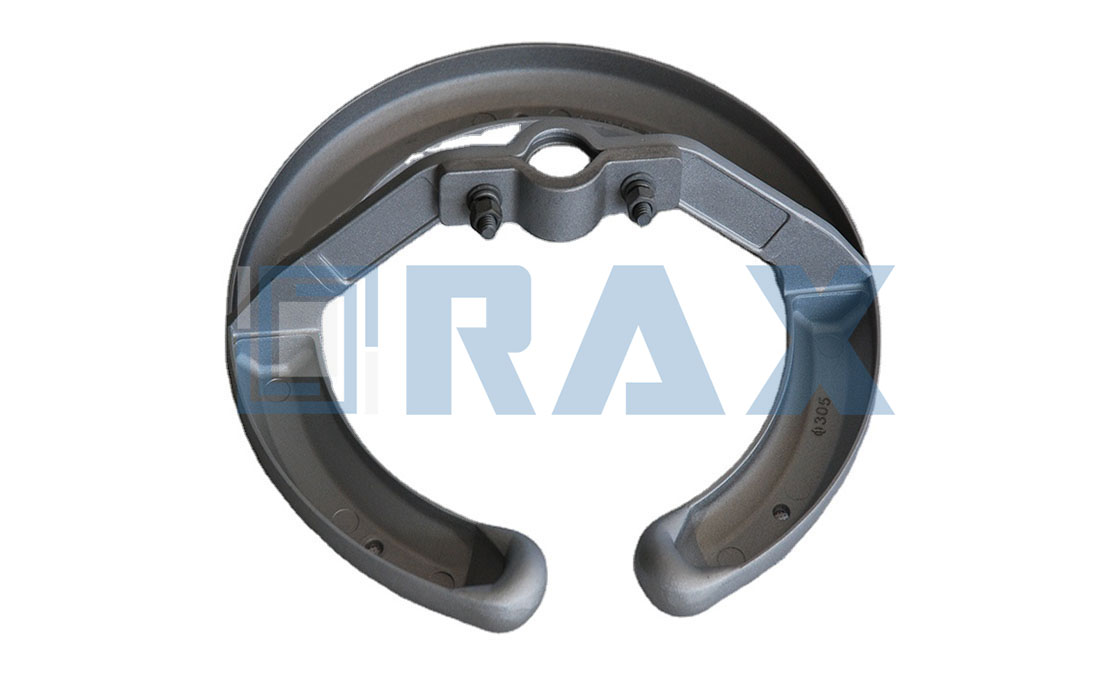
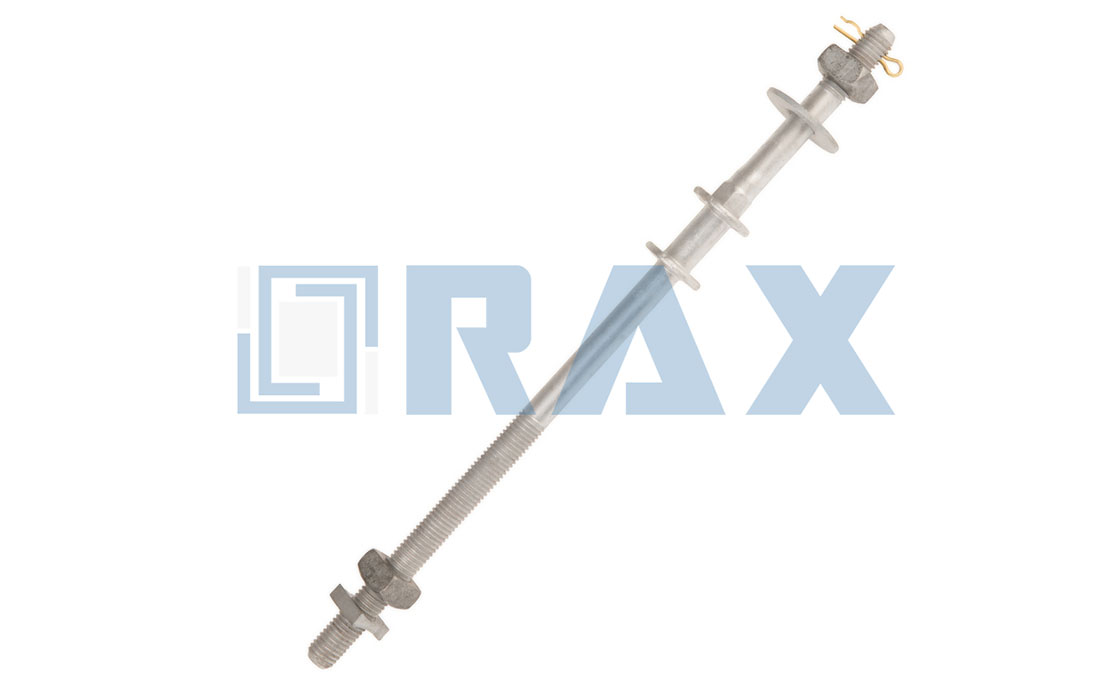
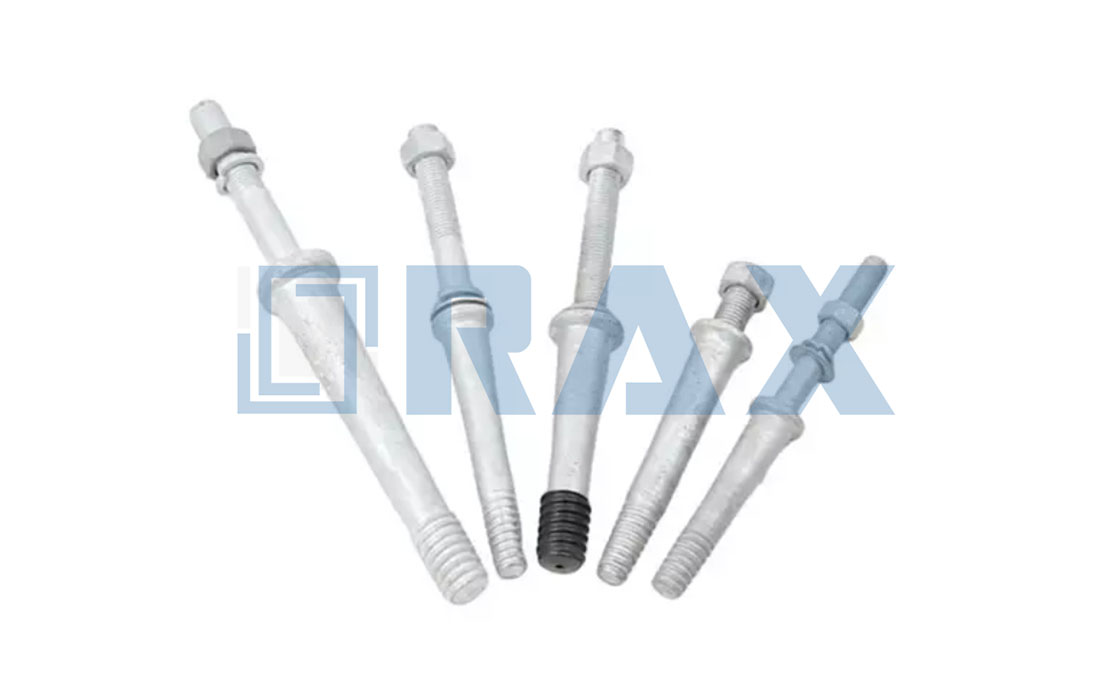
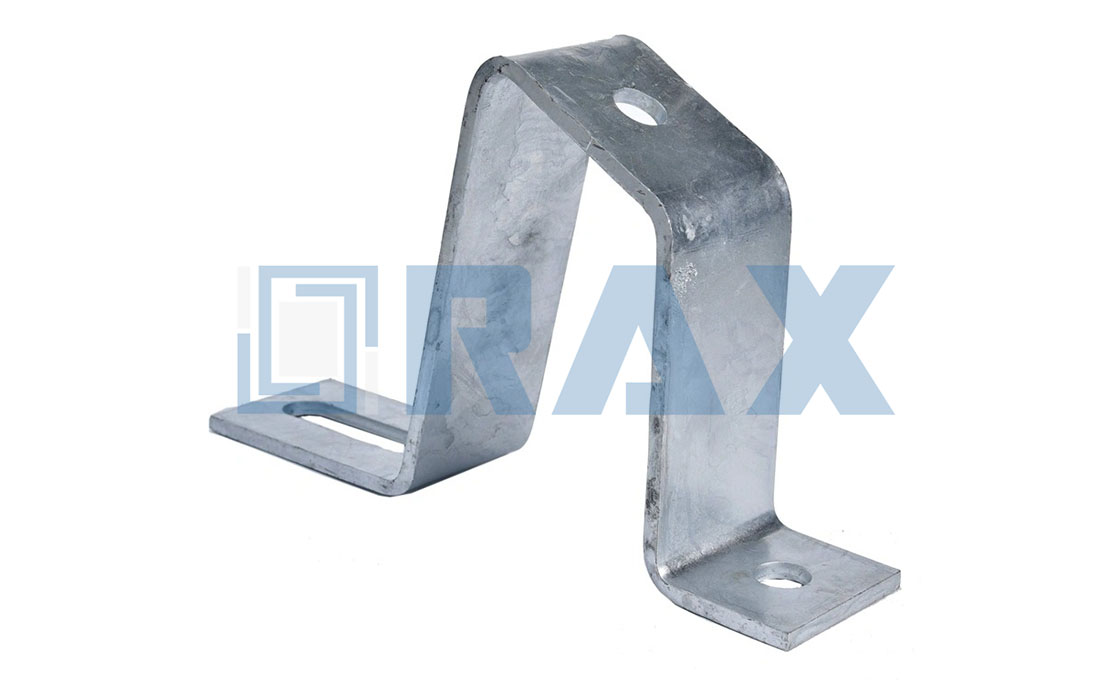
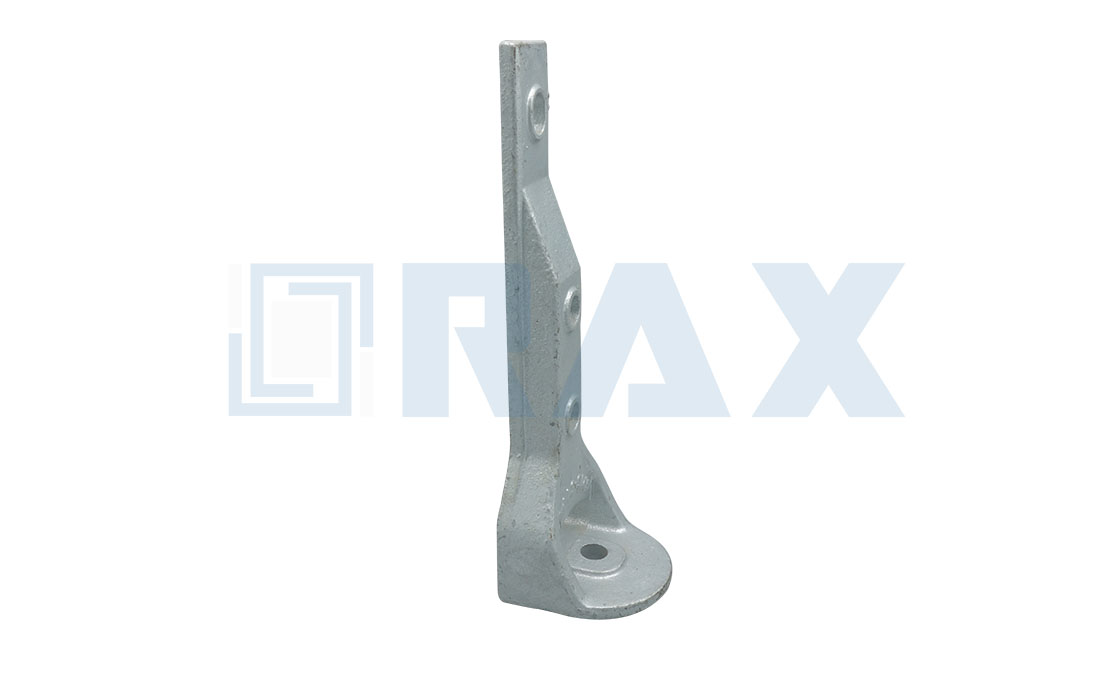
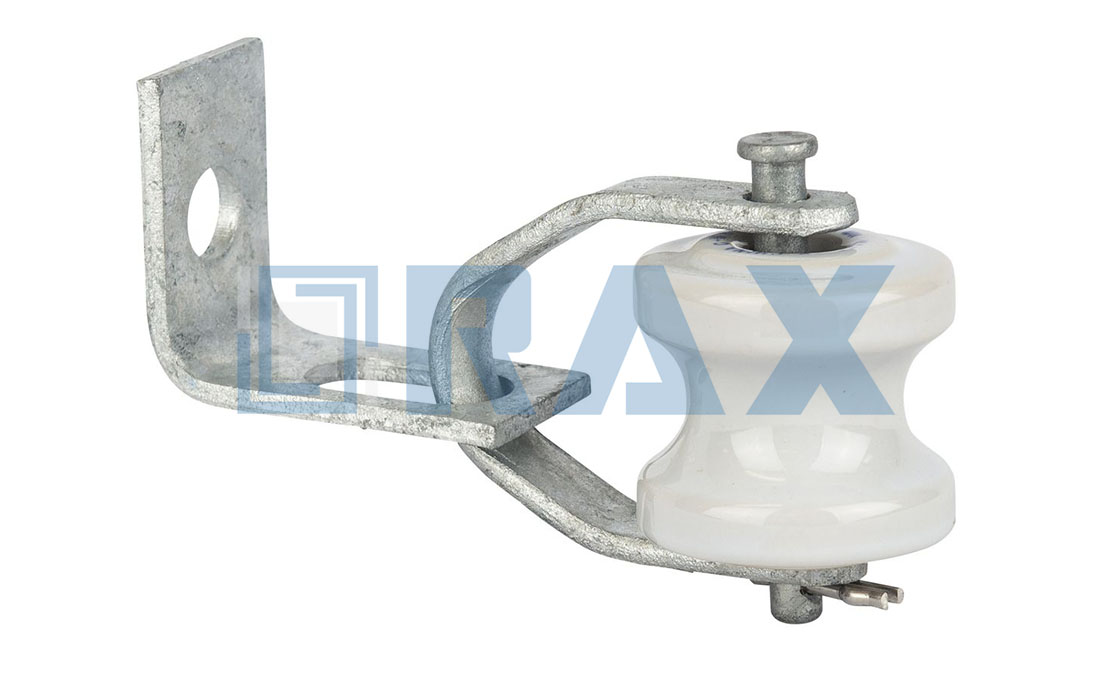
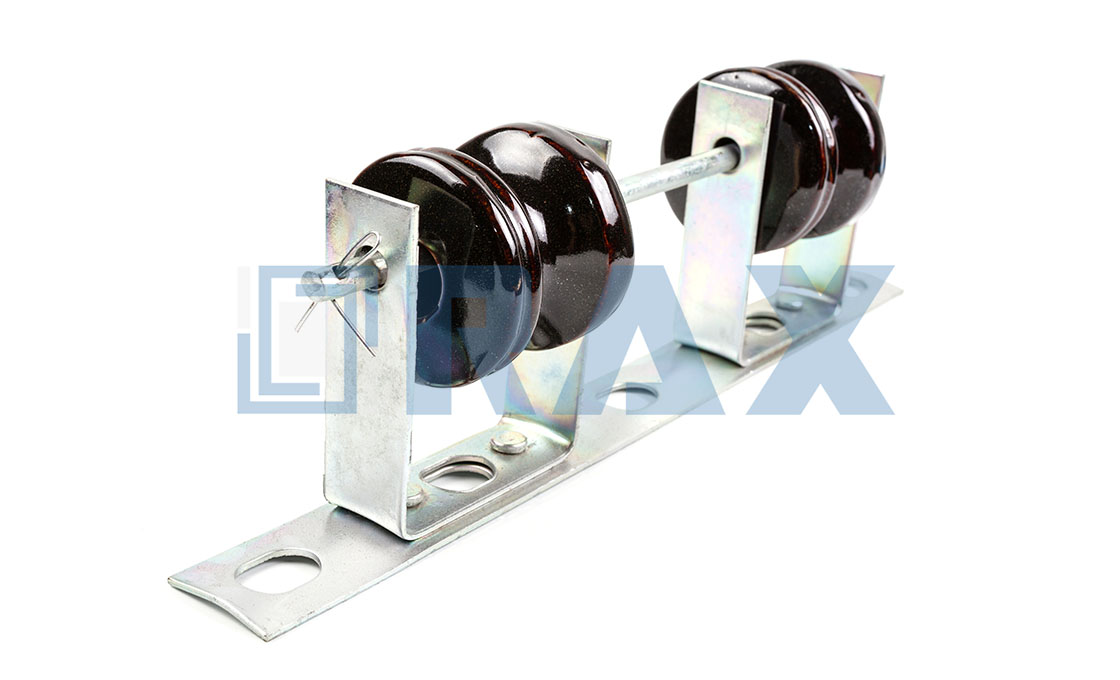
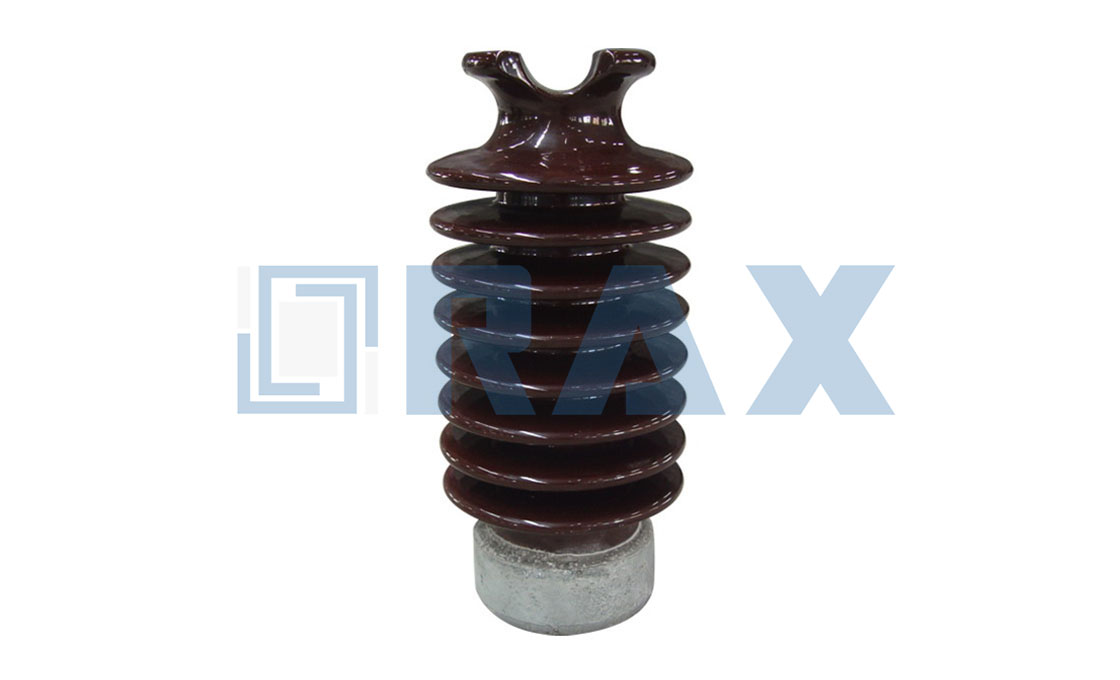
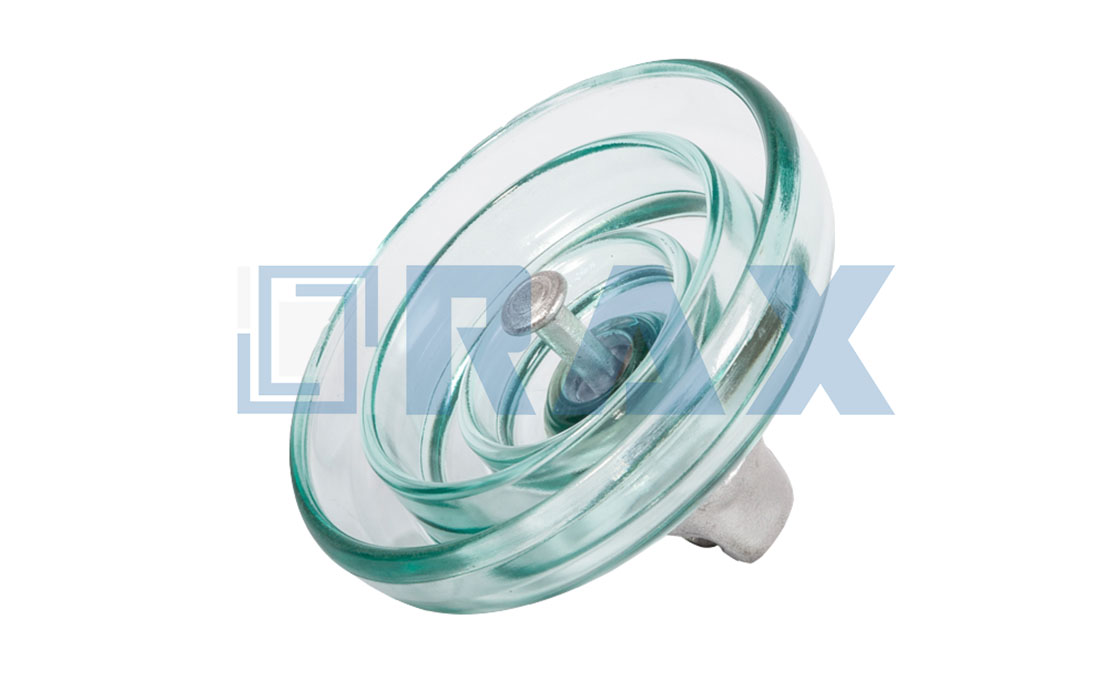
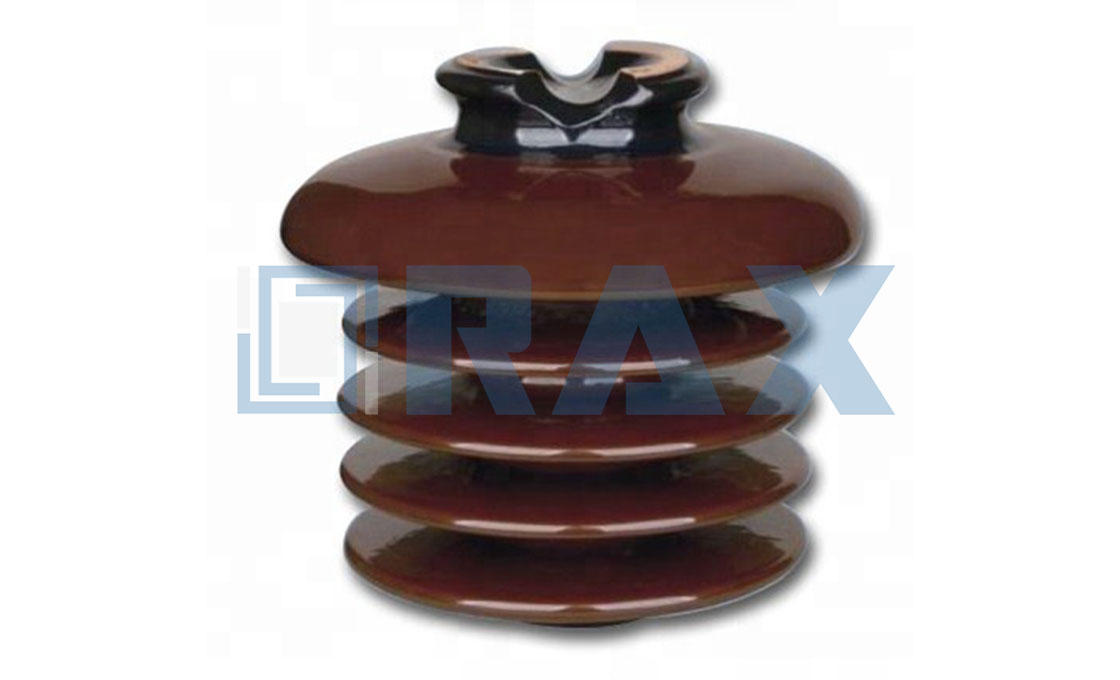
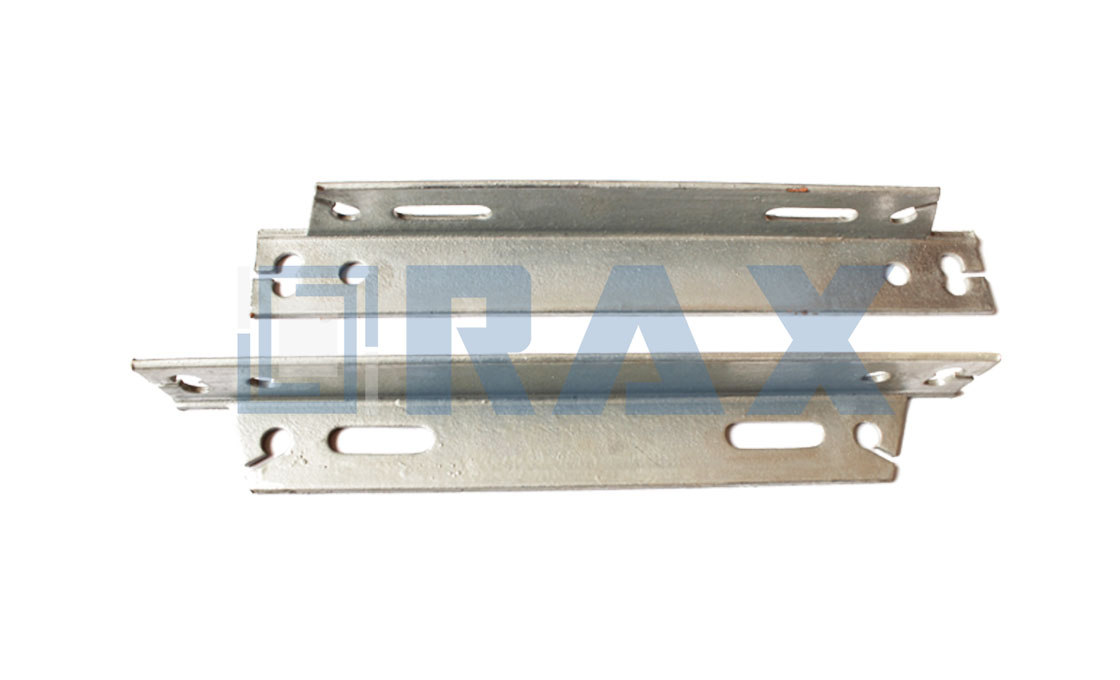
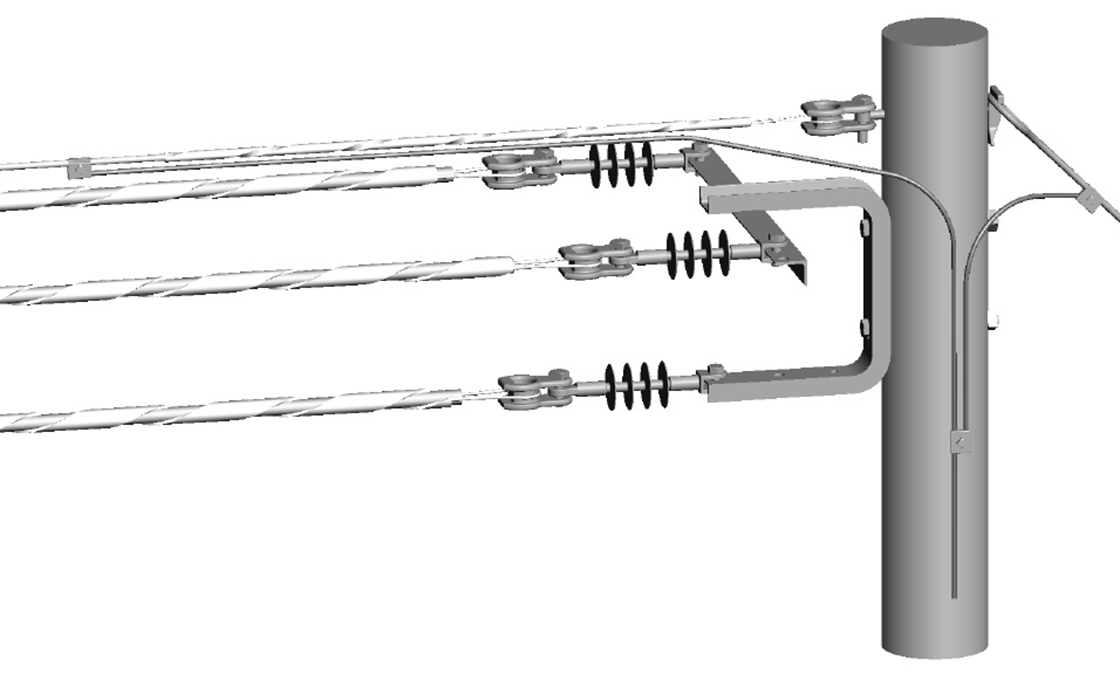 What is a Deadend Insulator used for?
What is a Deadend Insulator used for?